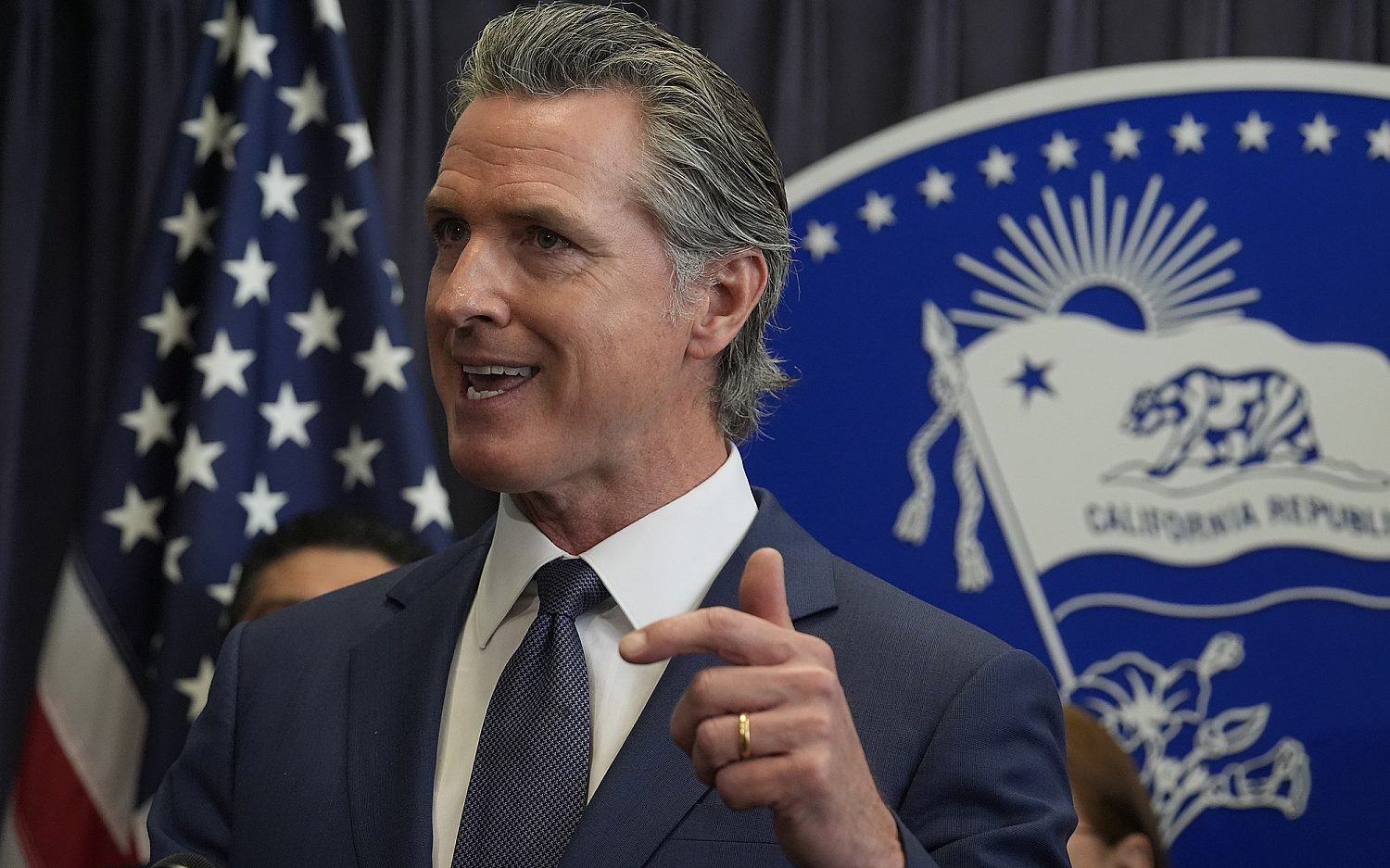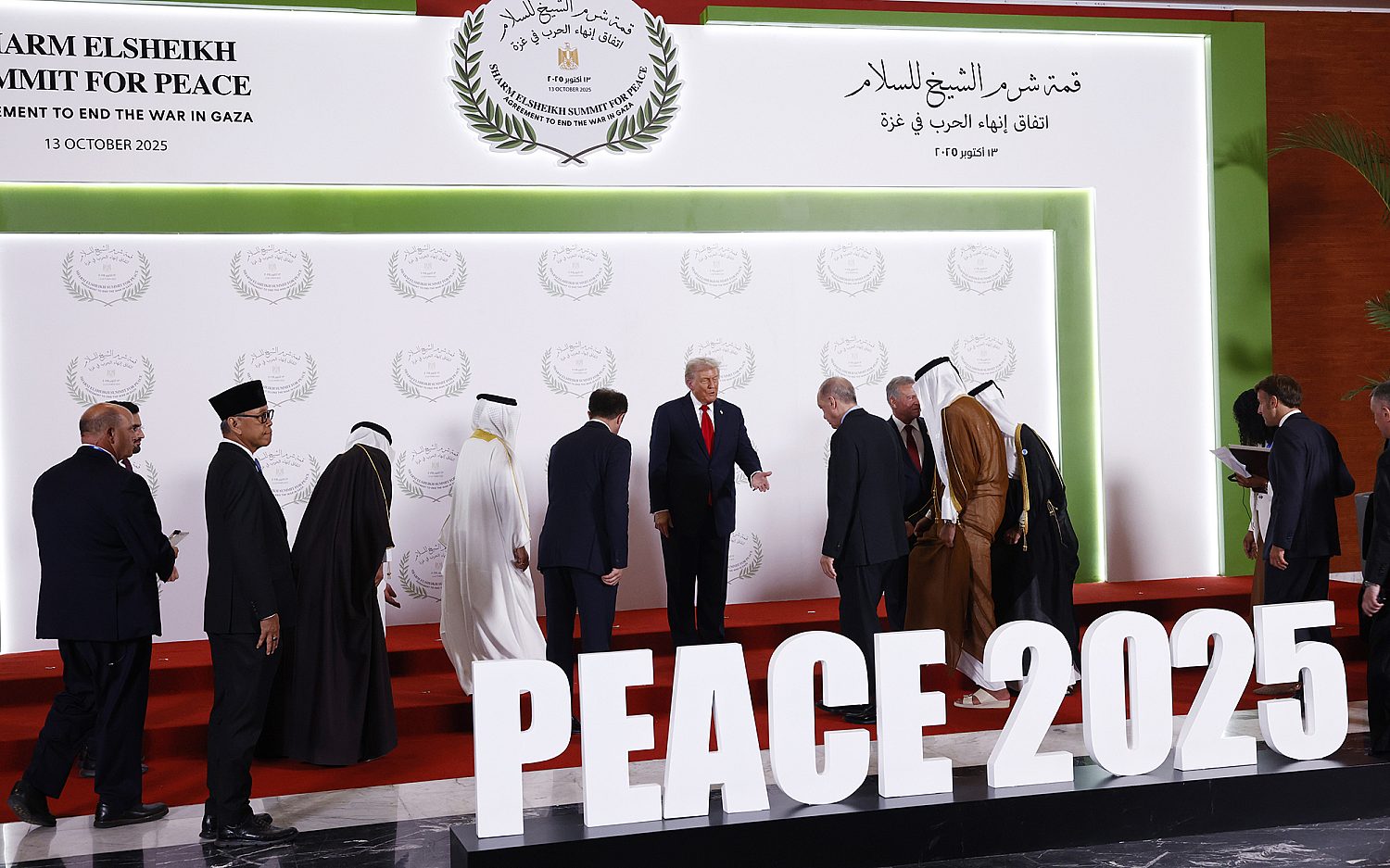To pray or not to pray
The Supreme Court ponders what prayers, if any, are permissible in legislative meetings
The U.S. Supreme Court justices took what appeared to be a relatively simple case on legislative prayer, and turned it into a wide-ranging discussion on the Establishment Clause, with justices wondering aloud about how government could treat religion in any context. (See a PDF of the transcript.)
The case itself is not hugely complicated. The town of Greece, N.Y., has opened its town council meetings with prayers for years. Anyone could lead the prayers but most of the religious leaders in the town were Christian, so most of the prayers were Christian. Two residents objected and filed suit.
A district court sided with the town, but the 2nd U.S. Circuit Court of Appeals ruled against Greece, saying that “the town’s prayer practice had the effect of affiliating the town with Christianity.”
But Supreme Court precedent on legislative prayers is clear. The 1983 decision Marsh v. Chambers established that legislative prayers are constitutionally protected, as long as the prayers aren’t evangelizing or coercive. The Supreme Court arguments themselves begin with a call, “God save the honorable members of this court.” Across the street from the Supreme Court, the Senate chaplain leads the chamber in a daily prayer.
“This case can begin and end with Marsh v. Chambers,” said the brief lawyers filed on behalf of the town.
But the justices on Wednesday didn’t seem to find that so simple. They imagined a panoply of hypotheticals to try to understand where the intersection of government and religion crossed into establishment of religion. Chief Justice John Roberts asked, in one instance, if the symbol of the cross in town seals would be constitutional today if it weren’t a historical artifact.
Justice Elena Kagan posed another hypothetical: “Suppose that as we began this session of the court, the Chief Justice had called a minister up to the front of the courtroom … and the minister had asked everyone to stand and bow their heads in prayer and the minister said the following: He said, ‘We acknowledge the saving sacrifice of Jesus Christ on the cross. We draw strength from his resurrection. Blessed are you who has raised up the Lord Jesus, you who will raise us in our turn and put us by his side.’ The members of the court had stood and the court responded, ‘Amen,’ made the sign of the cross, and the Chief Justice then called your case. Would that be permissible?” The lawyer for the town, Thomas Hungar, said such a prayer would not be permissible, but later slightly backtracked his answer.
The Obama administration sided with the town on the case, citing the long history of allowing sectarian legislative prayer. Ian Gershongorn, from the solicitor general’s office, said courts should not try to parse when a prayer has “too many sectarian references.”
Religious freedom lawyers aren’t of one mind on this issue. In fact, the lawyer arguing on behalf of the challengers to legislative prayer was Douglas Laycock, a well-known religious freedom lawyer. Laycock successfully argued the Hosanna Tabor case before the Supreme Court, one of the most significant religious freedom rulings in decades. But he has a different view of the Establishment Clause than other religious freedom lawyers. For example, he believes the phrase “under God” in the Pledge of Allegiance is unconstitutional.
Laycock argued that town councils could not open with sectarian prayers. Justice Samuel Alito challenged him to come up with a nonsectarian prayer.
“Give me an example of a prayer that would be acceptable to Christians, Jews, Muslims, Buddhists, Hindus,” Alito said. “Give me an example of a prayer. Wiccans, Bah’ai.”
“And atheists,” interjected Roberts.
Laycock said atheists don’t have “relief” under current legislative prayer tradition. But for the other religions he said the town could pray to “the Heavenly Father,” “the almighty” or “the creator.”
“What about devil worshipers?” asked Justice Antonin Scalia.
“Well, if devil worshipers believe the devil is the almighty, they might be OK,” Laycock returned, to laughter. Laycock said state legislatures and Congress have rough guidelines for chaplains praying before sessions. Laycock said the government had the right to edit “government-sponsored prayers,” saying that chaplains could pray whatever they wanted in a private context.
Justice Sonia Sotomayor said she also had “some skepticism” about courts determining what is sectarian or not.
“If you really believe government can’t draw lines here, then your alternatives are either prohibit the prayer entirely or permit absolutely anything,” said Laycock.
Justice Anthony Kennedy followed up a minute later: “This involves government very heavily in religion.”
“Well, government became very heavily involved in religion when we decided there could be prayers to open legislative sessions,” Laycock returned. “Marsh is the source of government involvement in religion. And now the question is how to manage the problems that arise from that.”
“The First Congress is the source,” Alito jabbed, noting that the founders prayed explicitly Protestant Christian prayers.
The case doesn’t have the massive religious liberty implications of a case like Hosanna Tabor, which determined whether religious institutions could make their own hiring decisions without government interference. But this case is still important, according to Luke Goodrich, senior counsel for the Becket Fund for Religious Liberty.
“Greece is a very important case … mainly because of its potential effect on Establishment Clause jurisprudence more broadly,” he said. The court’s current jurisprudence has struck down “all manner of actions deemed too friendly to religion. … To the extent that the Supreme Court is able to put that jurisprudence on a more historically firm and less religiously hostile basis, Greece would be a very important case.”
Listen to a report on the Greece, N.Y., case on The World and Everything in It:
An actual newsletter worth subscribing to instead of just a collection of links. —Adam
Sign up to receive The Sift email newsletter each weekday morning for the latest headlines from WORLD’s breaking news team.





Please wait while we load the latest comments...
Comments
Please register, subscribe, or log in to comment on this article.